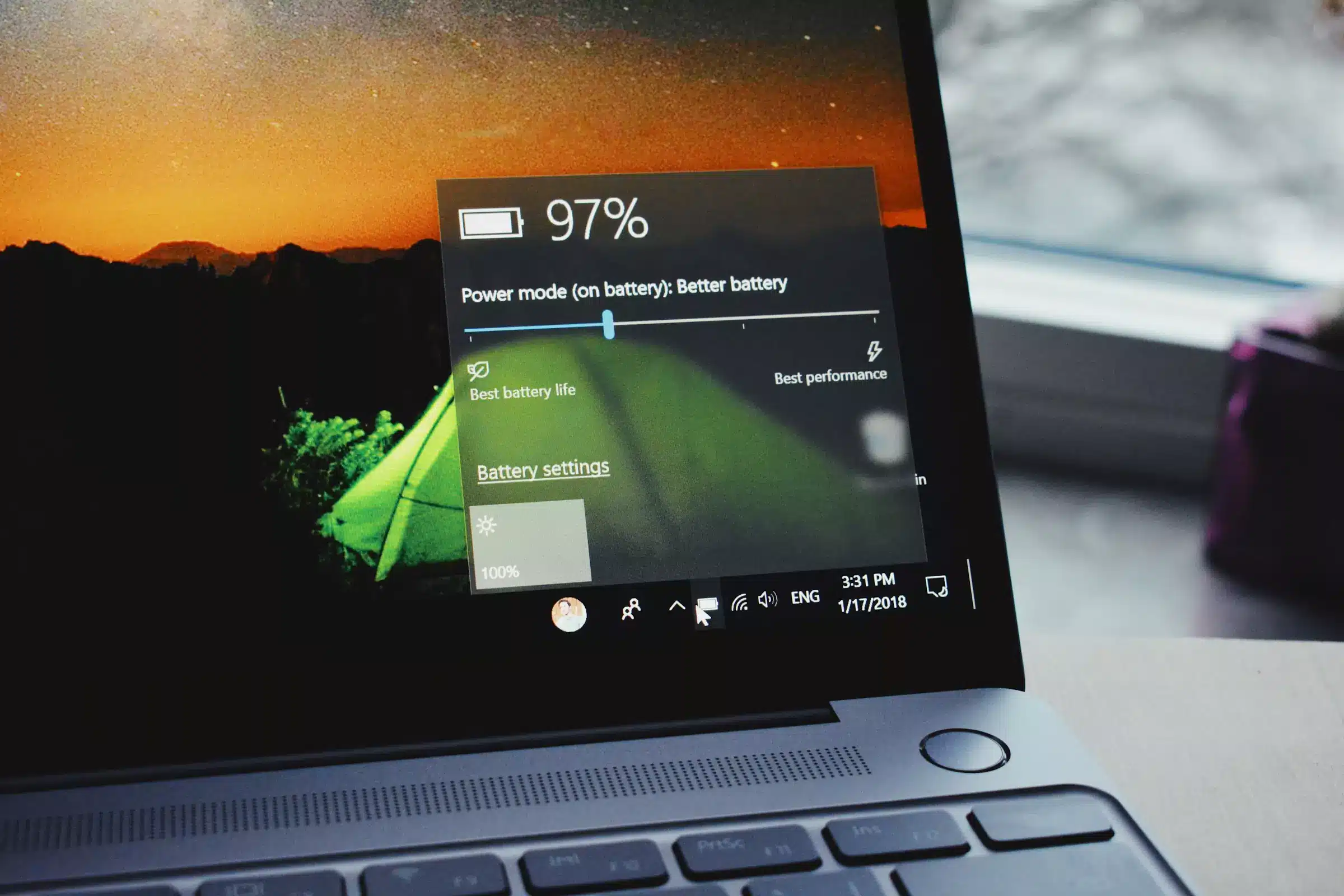
Over time, every laptop battery starts to lose its original charge capacity. Knowing how to check the battery life of your Windows laptop can help you keep track of its health, so you’re never caught off guard by a sudden drop in power. Whether you’re running Windows 10 or 11, generating a detailed battery report is simple and gives you a full view of your battery’s usage, capacity, and life expectancy—all with just a quick command. Here’s how to get that report and understand what it says about your laptop’s battery health.
Generating A Battery Report For Windows 10:
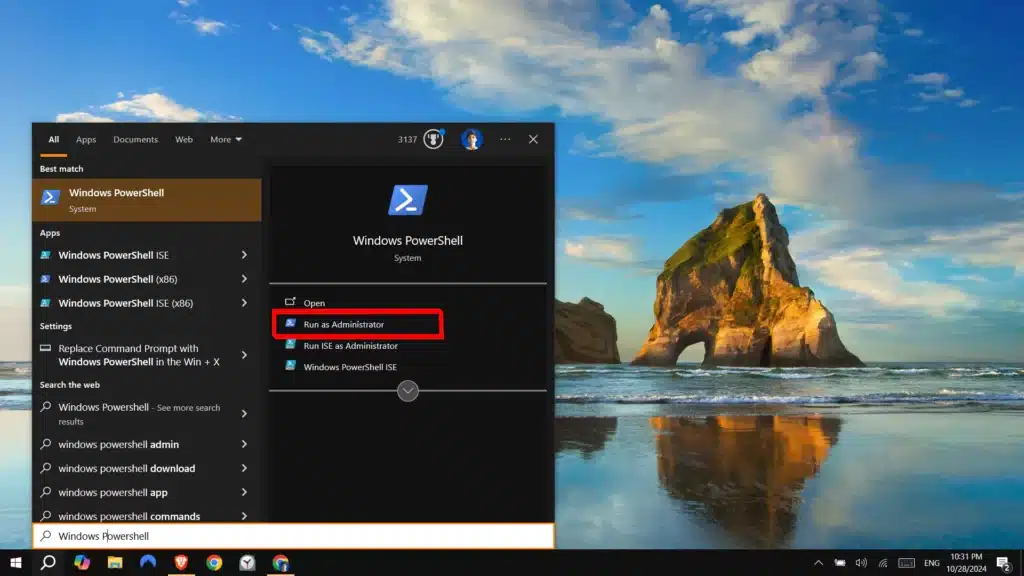
First, start by opening Windows PowerShell, which is an inbuilt command-line tool by Microsoft. To do this, go to the search box at the bottom left of the screen or press Windows + S, then type “Windows PowerShell.” Make sure to run it as an administrator by right-clicking and selecting Run as administrator. A pop-up window will appear asking if you want to allow this app to make changes to your device; just click Yes to proceed.
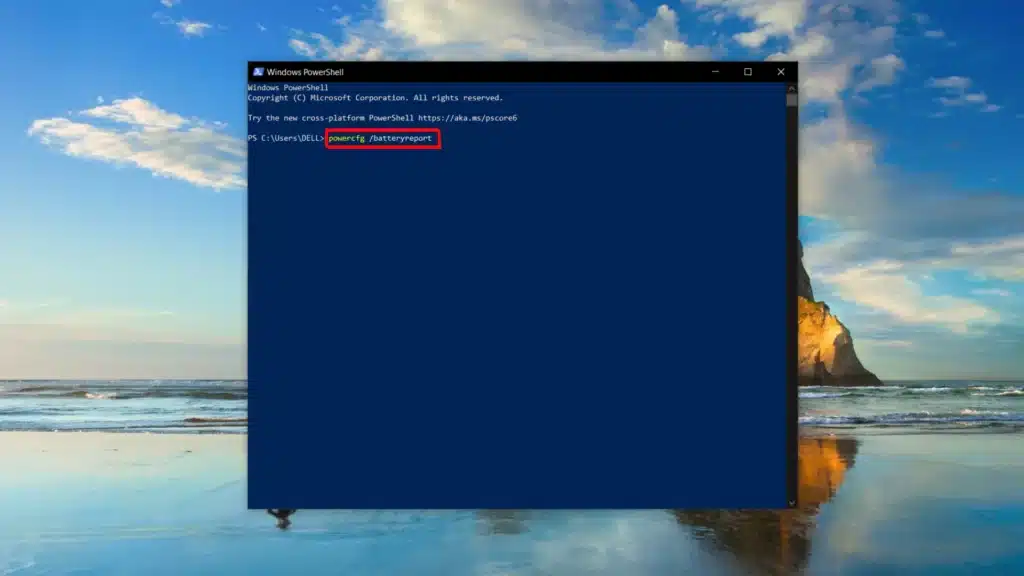
Once Windows PowerShell is open, type in the command: “powercfg /batteryreport” and then press Enter. This command tells PowerShell to generate a detailed battery report for your device, including insights into battery capacity and recent usage patterns.
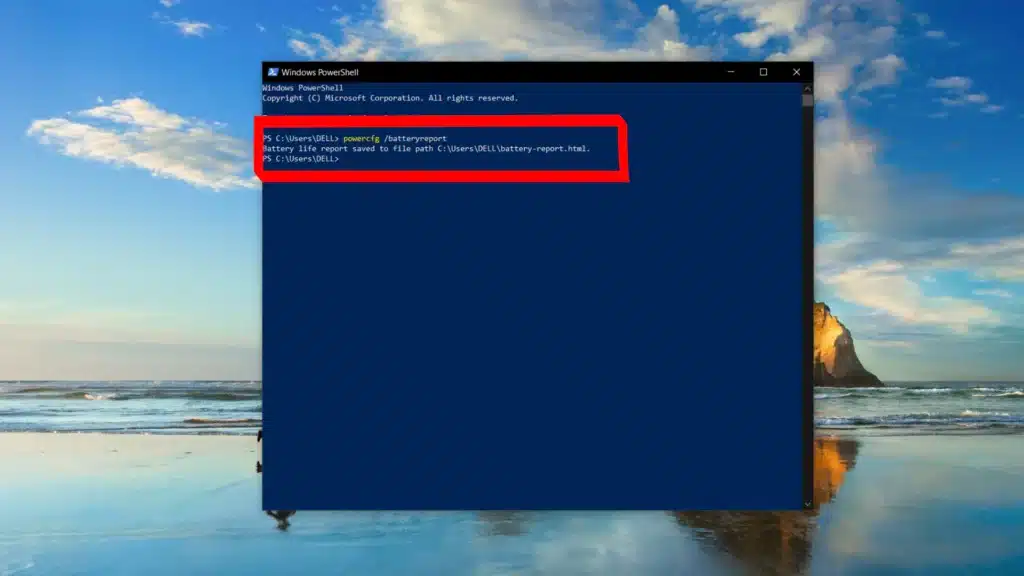
After you type in the command, PowerShell will confirm that the battery report has been generated and saved as an HTML file on your C: drive. The file is named battery-report.html and is stored directly in the root of the C: drive path. This report contains valuable information about your laptop’s battery performance. At this point, you can close PowerShell and move on to view the report.
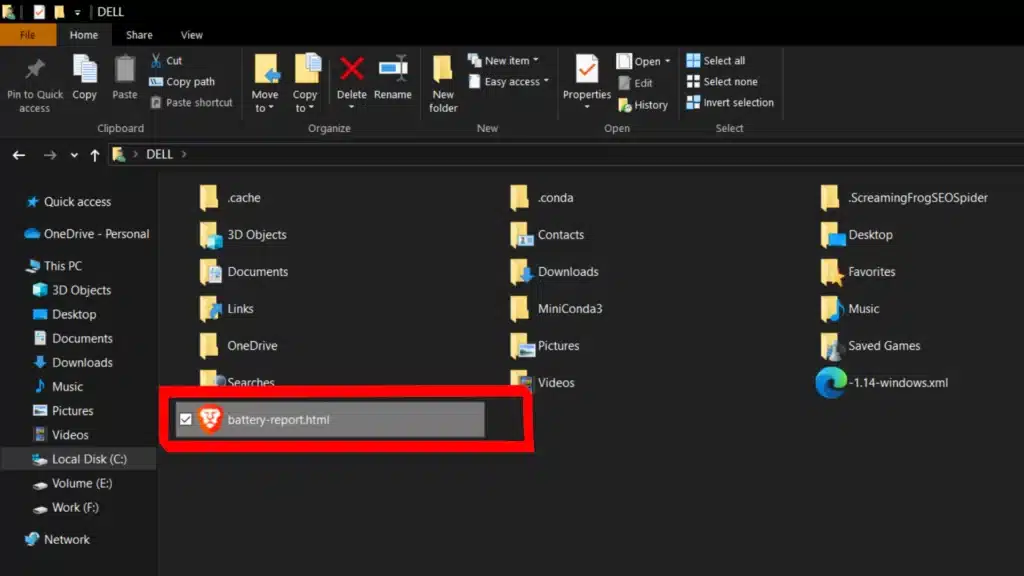
To view the battery report, open File Explorer and navigate to the *C:* drive. Look for the file named battery-report.html in the path C:\Users\[Your Username]. Double-click this HTML file, and it will open in your default web browser, displaying a detailed overview of your battery’s health and performance.
Generating A Battery Report For Windows 11:
To start checking your battery health in Windows 11, you’ll need to use Windows Terminal, a powerful command-line tool. To access it, simply right-click the Start button and select Windows Terminal (Admin) from the context menu. A prompt may appear asking for permission to make changes to your device; click Yes to proceed. Once the terminal is open, you will see a command-line interface ready for input.
Next, you will enter the command powercfg /batteryreport /output "C:\battery-report.html" into the terminal. After typing this command, press Enter. This action generates a detailed HTML file containing your battery report, which is saved in the specified path on your C drive. You can now close Windows Terminal, as your battery report is ready to be accessed.
Now, to view the battery report, open File Explorer and navigate to the C: drive. You will find the newly created file named battery-report.html. Simply double-click on it, and it will open in your default web browser, presenting you with an overview of your laptop’s battery health.
Analyzing Battery Report:
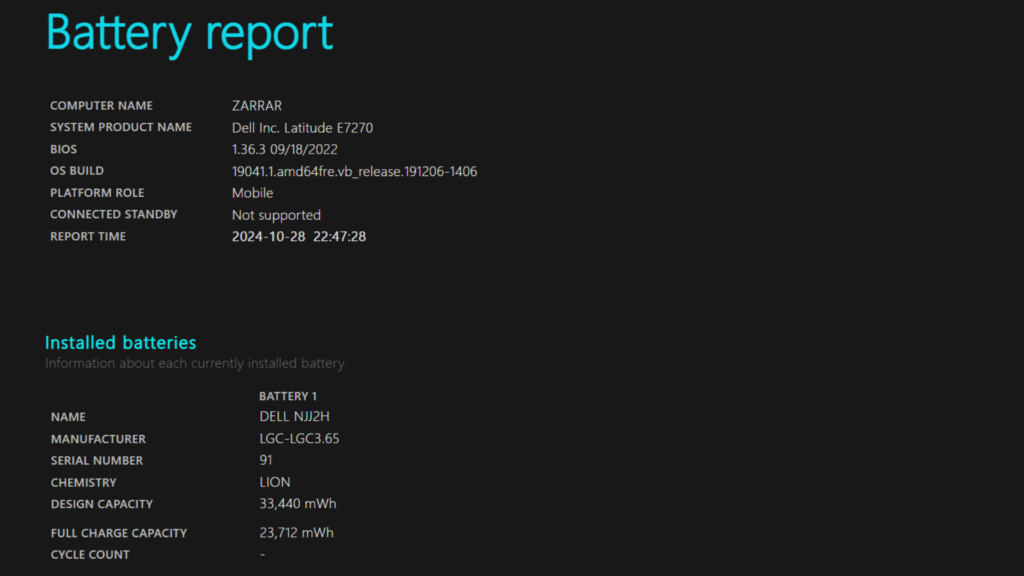
The battery report provides valuable insights into the health, performance, and longevity of your laptop battery. At the top of the report, you’ll see basic details about your system, including your battery’s design capacity (what it could originally hold) and the current full charge capacity. This is one of the most telling indicators of battery health since a noticeable gap between these values suggests battery wear over time.
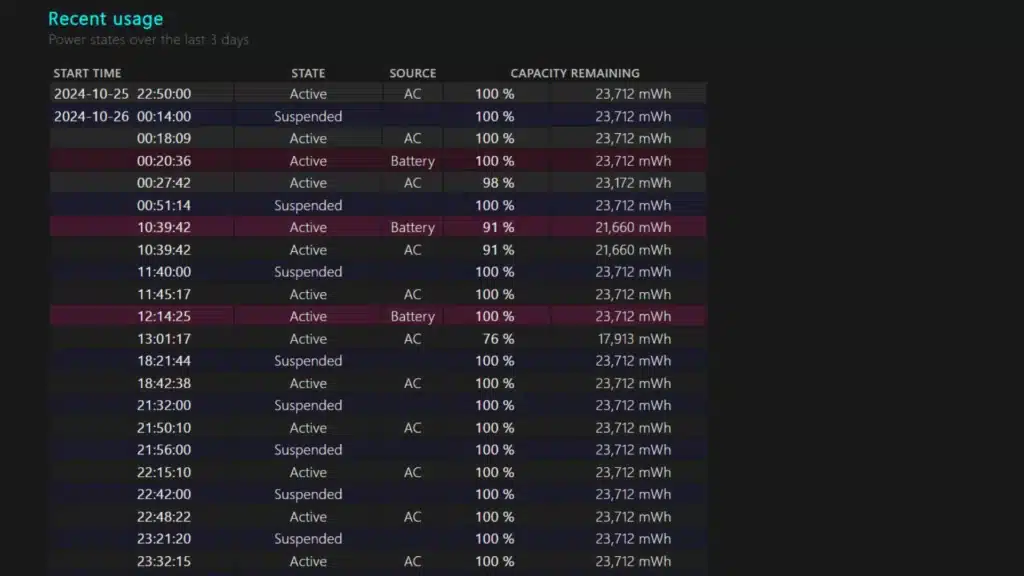
The Recent Usage section of the battery report provides a snapshot of how your laptop has been using battery power over the past few days. It details when the laptop was on battery versus when it was plugged into AC power, allowing you to track your usage patterns. Each entry includes timestamps, showing how long the battery lasted during various tasks. This information helps you understand if certain activities drain the battery more quickly and highlights your charging habits. By reviewing this section, you can identify areas where you might adjust your usage to enhance battery performance and longevity. This insight is essential for maintaining a healthy battery life and maximizing your laptop’s efficiency.
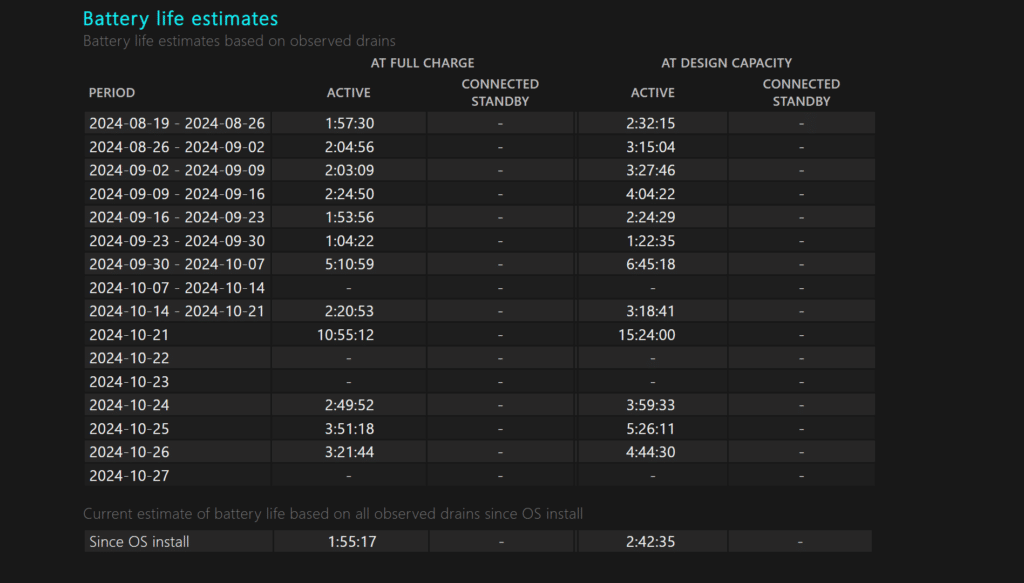
In the Battery Life Estimates section of your battery report, you’ll find crucial information about how long your laptop’s battery is expected to last under different conditions. This section compares the Design Capacity, which is the battery’s original potential for holding a charge, with the Full Charge Capacity, indicating its current performance after use. Here, you can see the estimated runtime based on these capacities, helping you gauge the actual longevity of your battery. For instance, if your laptop should last around six hours but only lasts four, it signals that your battery’s health is declining. Understanding these estimates can help you decide when it might be time to consider a battery replacement.








Nice but why there’s no screenshot for windows 11?
Actally I was in hurry!